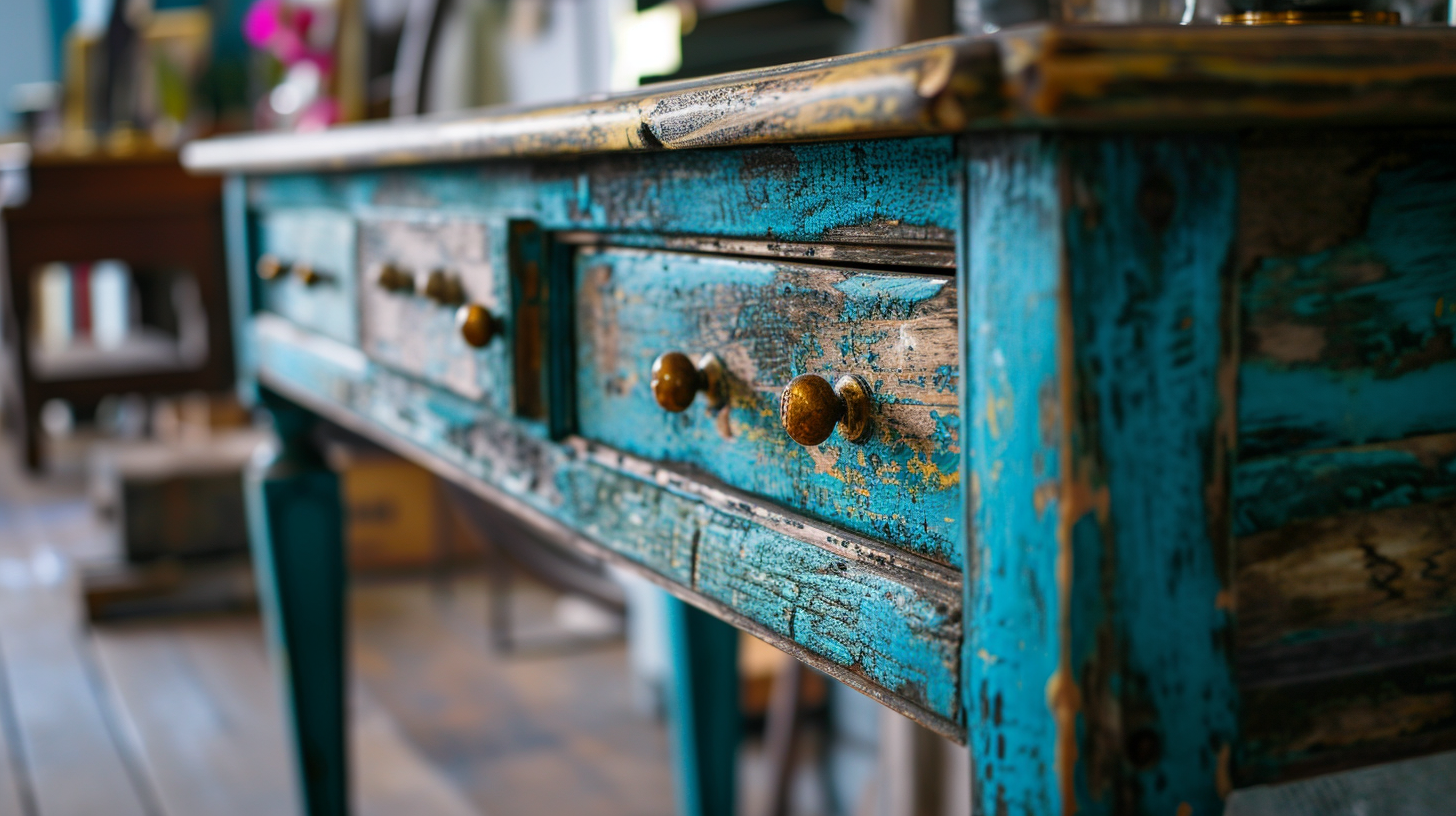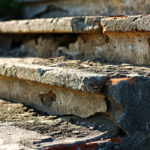Are you looking to breathe new life into old furniture? In this article, we will guide you through the process of refurbishing old furniture, helping you transform worn-out pieces into stunning additions to your home. From selecting the right furniture to applying the perfect paint or stain, we will cover each step, providing you with expert tips and techniques. Discover how to revitalize your old furniture and create beautiful, unique pieces that showcase your personal style.
Choosing the Right Furniture for Refurbishing
When considering refurbishing old furniture, it is essential to carefully select the right pieces for the process. Choosing the right furniture for refurbishing involves a strategic approach to ensure successful results. One should look for solid wood or sturdy frames that can withstand the refurbishing process. Additionally, considering the size and style of the furniture is crucial to ensure it fits well in the desired space. Finding inspiration for furniture refurbishing can be done through various sources. Online platforms such as Pinterest and Instagram offer a plethora of ideas and DIY tutorials. Home improvement magazines and interior design books also provide valuable inspiration. Visiting flea markets, antique stores, and thrift shops can be another way to discover unique furniture pieces that can be transformed into stunning refurbished items.
Preparing the Furniture for Refurbishment
Before beginning the refurbishment process, it is crucial to properly prepare the furniture. This involves cleaning and sanding the surface to remove any dirt or imperfections. Additionally, old finishes need to be carefully removed to allow for a fresh start. Lastly, any damages or repairs should be addressed before moving on to the next step of the refurbishment process.
Cleaning and Sanding
To ensure a smooth and polished finish, proper cleaning and sanding of the furniture’s surfaces is imperative. Before beginning any refurbishment project, it is essential to thoroughly clean the furniture to remove dirt, grime, and any previous coatings. Various cleaning techniques can be used depending on the type of material and the level of dirtiness. For wood furniture, a mixture of mild soap and water can be applied using a soft cloth or sponge. For metal or plastic furniture, a gentle all-purpose cleaner can be used. After cleaning, the next step is sanding. Sanding tools such as sandpaper or a sanding block can be used to remove any roughness, scratches, or old finishes from the furniture’s surface. This step ensures a smooth and even base for the refurbishment process.
Removing Old Finishes
While removing old finishes, it is important to use appropriate stripping agents and tools to effectively remove the previous coatings from the furniture’s surface. Paint removal can be a tedious task, especially when dealing with multiple layers of paint. Chemical stripping is a popular method used to remove paint from furniture. It involves applying a chemical stripping agent to the surface of the furniture and allowing it to penetrate the layers of paint. The stripping agent breaks down the paint, making it easier to scrape off. However, it is crucial to choose the right stripping agent for the type of paint and surface you are working with. Additionally, wearing protective gear such as gloves and goggles is essential when using chemical stripping agents to ensure safety. Properly removing old finishes is a crucial step in the furniture refurbishing process, as it prepares the surface for further restoration and refinishing.
Repairing Any Damages
After identifying any damages, it is important to promptly repair them before moving forward with the refurbishment process. When refurbishing old furniture, one of the key steps is to address any scratches or dents on the surface. Scratches can be repaired by using wood fillers or touch-up markers that match the color of the furniture. These products can help conceal the scratches and restore the furniture’s original appearance. Additionally, it is crucial to fix any loose joints to ensure the structural integrity of the piece. Loose joints can be repaired by applying wood glue and clamping the joints together until the glue dries. This will strengthen the furniture and prevent any further damage. By addressing these damages and making the necessary repairs, the furniture can be restored to its former glory and prolong its lifespan.
Stripping and Sanding Techniques
Several effective stripping and sanding techniques can be employed to remove old finishes and prepare the surface for refinishing. When it comes to stripping methods, there are a few options to consider. Chemical strippers, such as paint removers, are commonly used to dissolve the old finish. These products are applied to the surface, left for a specific amount of time, and then scraped off with a putty knife. Another method is heat stripping, which involves using a heat gun to soften the finish and then scraping it away. As for sanding tools, there are various options available. Electric sanders, such as orbital sanders or belt sanders, can efficiently remove old finishes and smooth out the surface. Hand sanding with sandpaper is also an effective method, especially for intricate areas that are hard to reach with power tools. Careful attention should be paid to selecting the appropriate grit sandpaper based on the condition of the furniture. Overall, using a combination of stripping methods and sanding tools will ensure a clean and smooth surface, ready for the next step in the refinishing process.
Selecting the Perfect Paint or Stain
When refurbishing old furniture, it is crucial to carefully select the perfect paint or stain to achieve the desired aesthetic outcome. Selecting paint colors that complement the overall design scheme and create a cohesive look is essential. Consider the style of the furniture piece and the intended purpose of the room it will be placed in. Neutral colors such as whites, grays, and beiges are versatile and can easily blend with different decor styles. However, bold and vibrant colors can add a pop of personality and make a statement. Additionally, when painting or staining, there are several tips for achieving a smooth finish. Ensure proper surface preparation, including cleaning and sanding, to create a smooth and even base. Use high-quality brushes or sprayers to apply the paint or stain evenly, and apply multiple thin coats rather than one thick coat to prevent drips and streaks. Finally, allow ample drying time between coats for a flawless finish.
Applying the Paint or Stain
Achieving a professional finish when refurbishing old furniture involves carefully applying the paint or stain, ensuring even coverage and a smooth, flawless result. The use of proper painting techniques is essential to achieve this desired outcome. One important aspect to consider is the choice of color combinations. Selecting the right colors can greatly enhance the overall look and feel of the furniture piece. It is important to consider the existing color scheme of the room where the furniture will be placed, as well as the desired mood or style. Experimenting with different color combinations can help create a unique and visually appealing piece. Additionally, applying multiple coats of paint or stain, with adequate drying time in between, can further enhance the final result. By paying attention to these details, one can achieve a professional finish when refurbishing old furniture.
Adding Unique Details and Accents
Incorporating intricate carvings and ornate hardware can elevate the overall aesthetic of refurbished furniture, adding unique details and accents that make it truly stand out. When refurbishing old furniture, it’s important to consider ways to enhance its visual appeal. One option is to add decorative hardware such as knobs, handles, or hinges. These small additions can completely transform the look of a piece and give it a more refined and luxurious feel. Additionally, using stencils for unique patterns is another way to add character and charm to refurbished furniture. Stencils allow for endless design possibilities, from intricate floral motifs to geometric shapes. By incorporating these decorative elements, refurbished furniture can be transformed from ordinary to extraordinary, creating a truly one-of-a-kind piece.
Finishing and Sealing the Refurbished Furniture
When it comes to finishing and sealing refurbished furniture, it is important to consider the best techniques and options for long-lasting results. The choice of sealant, such as varnish or wax, can greatly impact the durability and appearance of the furniture. Additionally, proper application and preparation of the surface are crucial for achieving a smooth and professional finish.
Best Sealing Techniques
The selection of an appropriate sealing technique for the refurbished furniture is crucial to ensure its durability and protection against external elements. When it comes to sealing materials, there are several options available in the market, including varnishes, lacquers, shellacs, and oils. Each of these materials offers different levels of protection and aesthetic qualities, allowing individuals to choose the best option based on their preferences and the type of furniture being refurbished. In terms of sealing techniques, there are two main approaches: brush-on and spray-on. Brush-on techniques involve manually applying the sealing material using a brush, allowing for better control and precision. On the other hand, spray-on techniques involve using a sprayer to evenly distribute the sealing material, resulting in a smoother finish. Ultimately, the choice of sealing material and technique will depend on the specific requirements of the refurbished furniture and the desired outcome.
Long-Lasting Finishing Options
Several long-lasting finishing options are available for sealing and protecting the refurbished furniture, including polyurethane and epoxy coatings. These options provide a durable and protective layer that enhances the appearance and longevity of the furniture. Polyurethane coatings are known for their high durability and resistance to scratches and stains. They come in various finishes, such as glossy or matte, allowing for customization based on personal preference. Epoxy coatings, on the other hand, offer exceptional durability and are ideal for furniture that will be subjected to heavy use or outdoor conditions. Additionally, there are eco-friendly sealants available in the market that provide a sustainable alternative to traditional varnishes. These sealants are made from natural ingredients and do not release harmful chemicals into the environment. When choosing a finishing option, it is important to consider the specific needs and requirements of the refurbished furniture to ensure long-lasting protection and a beautiful finish.




